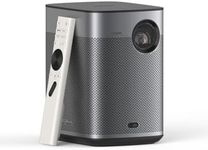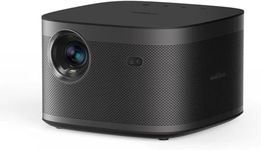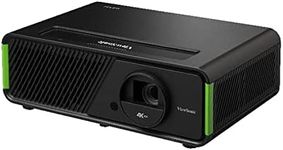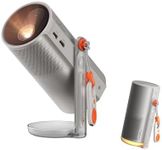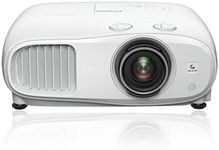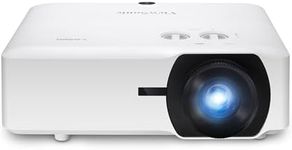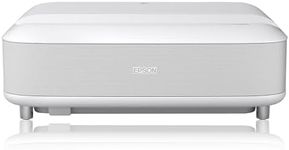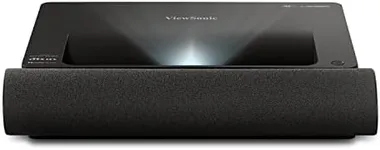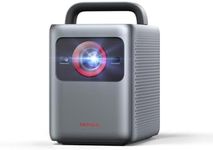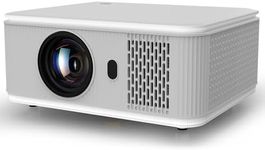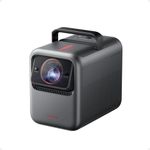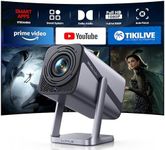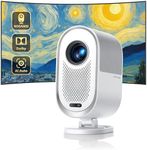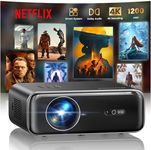Buying Guide for the Best Outdoor Projectors
Choosing the right outdoor projector can transform your backyard into a personal cinema or a venue for outdoor events. The key to selecting the best outdoor projector is understanding your specific needs and how different features can meet those needs. Consider where and how you plan to use the projector, the size of the audience, and the type of content you will be displaying. This will help you prioritize the features that matter most to you.Brightness (Lumens)Brightness, measured in lumens, is crucial for outdoor projectors because it determines how well the image will display in various lighting conditions. For outdoor use, especially if you plan to use the projector during the day or in areas with ambient light, a higher lumen count is necessary. Projectors with 2,500 to 3,000 lumens are suitable for nighttime use, while those with 3,000 to 5,000 lumens or more are better for daytime or well-lit environments. Consider the time of day and the level of ambient light in your outdoor space when choosing the brightness level.
ResolutionResolution refers to the number of pixels that make up the image on the screen, affecting the clarity and detail of the picture. Common resolutions include 720p (HD), 1080p (Full HD), and 4K (Ultra HD). For casual movie nights, 720p might suffice, but for a sharper and more detailed image, especially for larger screens or high-definition content, 1080p or 4K is preferable. Consider the type of content you will be watching and the size of your projection screen when deciding on the resolution.
Throw DistanceThrow distance is the distance between the projector and the screen, which affects the size of the projected image. Projectors are categorized into short throw, long throw, and ultra-short throw. Short throw projectors can project large images from a short distance, making them ideal for smaller spaces. Long throw projectors require more distance and are suitable for larger outdoor areas. Ultra-short throw projectors can be placed very close to the screen, which is useful if space is limited. Consider the size of your outdoor area and how far you can place the projector from the screen.
PortabilityPortability is important if you plan to move the projector frequently or use it in different locations. Portable projectors are typically lighter and more compact, making them easier to transport and set up. If you need a projector that can be easily moved or stored, look for models that are specifically designed for portability. Consider how often you will need to move the projector and whether you have a permanent setup or need flexibility.
Connectivity OptionsConnectivity options determine how you can connect your projector to other devices, such as laptops, streaming devices, or gaming consoles. Common connections include HDMI, USB, and wireless options like Bluetooth or Wi-Fi. If you plan to stream content directly from the internet or connect multiple devices, ensure the projector has the necessary ports and wireless capabilities. Consider the devices you will be using with the projector and ensure compatibility with the available connectivity options.
Audio QualityAudio quality is often overlooked but is essential for an immersive viewing experience. Some projectors come with built-in speakers, but these may not provide the best sound quality for outdoor use. Consider whether you need external speakers or a sound system to enhance the audio experience. If sound quality is important to you, look for projectors with good built-in audio or the ability to easily connect to external audio systems. Think about the size of your audience and the level of sound quality you desire.
